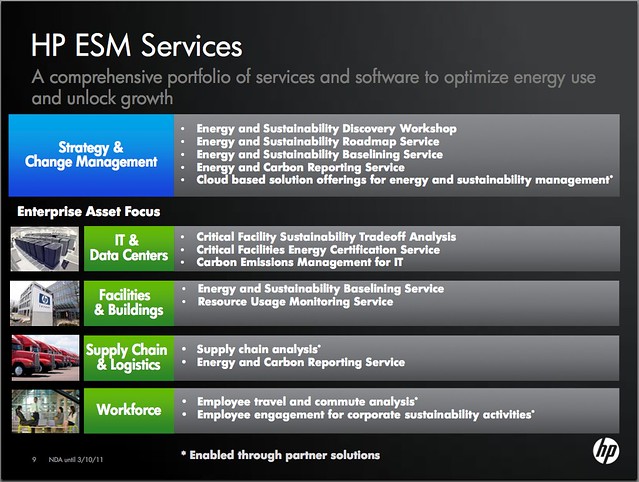I was asked by the MediaLab Prado to give an updated version of my Energy 2.0 talk at their Visualizar11 – Understanding Infrastructures event in Madrid during the week.
I took the opportunity to update the deck with some of the thoughts I presented at the International SAP for Utilities event around deeply embedding social media into utility companies.
At the Visualizar11 event I talked about how utility companies will need to use gamification and competitions to pique customers’ interest in energy savings and to keep their engagement levels high. Even more importantly, done well, this will greatly extend the Mean Time to Kitchen Drawer (MTKD – the time it takes for people to get bored with an app and metaphorically stuff it in the kitchen drawer).
I was delighted then yesterday when IBM tipped me off that they are collaborating with three US utilities (CenterPoint, Oncor and San Diego Gas & Electric (SDG&E)) to launch the Biggest Energy Saver contest to help people better understand smart meter data.
In fact, there are two Biggest Energy Saver contests – one for customers to encourage them to reduce their energy consumption with a grand prize of an electric vehicle or a first-prize of a suite of GE smart home appliances in the Oncor and CenterPoint Energy service territories.
The second competition is for software developers to develop apps to help customers understand and use the information from their smart meters – this competition has potential prizes totalling up to $150,000. Serious money!
All of the details of the competitions have yet to be announced – but to really knock it out of the park, the customer competition should have social media and gamification throughout – using FourSquare-like principles of awarding badges for people who attain certain target reductions, having leaderboards, the ability to share your exploits on your social network(s) of choice, etc.
I’m giving the closing plenary keynote at the SAP for Utilities event in San Antonio this coming September where I’ll be going into these topics in a lot more detail so expect more on this here in the coming months.






